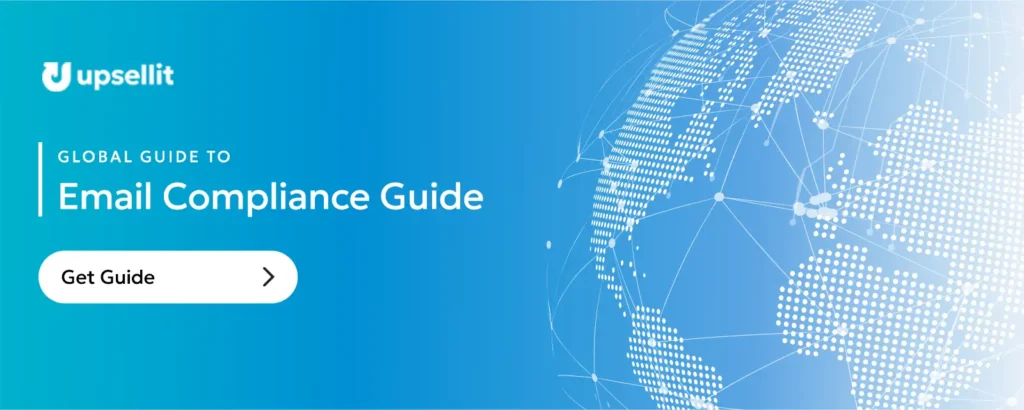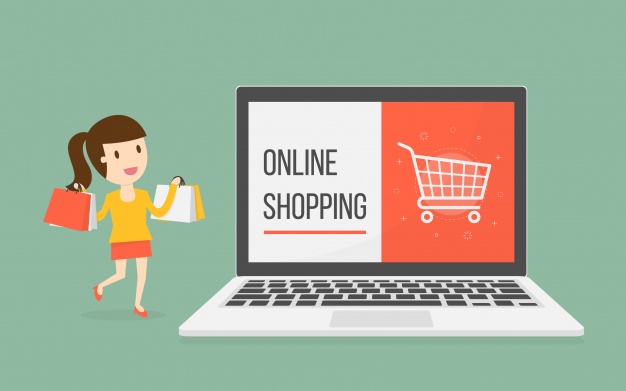Implementing a successful coupon code strategy is a smart, simple way to keep your customers buying and your business thriving.
With 24/7 access to any product, anytime, anywhere, it’s easy for your business to get overlooked. A coupon code strategy could be the fix. As long as it’s well thought out and put into action properly.
Why coupon codes?
While lowering your prices, no matter how slight, may not seem like the most optimal practice, you might be pleasantly surprised by how successful a coupon code strategy can be. Even if increasing sales is the overall goal for your business, there are many other benefits to incorporating the strategy outside of just the numbers. We’ve taken some time to piece together the pros of using coupon codes. Here are some of our secrets to a successful coupon code strategy.
The Benefits of Using Coupon Codes
Boost customer loyalty
What do customers love more than a good deal? The business that provides them. Consumers respond extremely well to discount and coupon incentives. While a nominal discount might not seem enticing from your perspective, from the eyes of your customers, it can make all the difference in how they perceive their experience with your brand. Customers come back to brands that give back – coupon codes are a great way to build that loyalty.
Increase the average order value (AOV)
While a discount is intended to lower prices, implementing a ‘X% off purchases over $XX’ may actually increase your customer average order value. For example, if a customer is on your site and has a cart of $30, but they see a 10% OFF orders of $50+, they may add the extra $20 to their order to redeem the deal. When customers are required to reach a purchase minimum in order to earn a percentage or dollar off, the incentive in turn increases your AOV. It’s a win-win!Increase conversion rate and overall sales
Some businesses see the traffic, but have a hard time capturing the purchase. While remarketing is a great way to get customers to see you again, a coupon code could be the little push they needed to purchase real-time. You can even combine the two and offer a coupon code as lead capture tool to grow your remarketing list (just make sure you’re up to date on customer privacy regulations). Incentivizing purchases on-site could ultimately help with converting a visitor to a customer. Remember, sometimes the small gesture is best for the big picture.
According to MarketingProfs, 57% of US online shoppers who used a coupon code said that if they had not received the discount, they would not have bought the item(s). This data shows that even if you have visitors, conversion and sales may not exist without a proper incentive to seal the deal.
Help businesses stay competitive
Do something your competitors might not be doing for their customers by offering a discount. By creating that differentiation point with consumers, you show them you care, give back a little, and give yourself a competitive edge. Remember, when businesses are only out to get sales, customers are the first to notice. With a good discount, a little goes a long way.Attract new and repeat customers
Discount and coupon codes are an amazing way to attract new customers while bringing back previous purchasers. They incentivize new visitors and give them a reason to shop with you, while giving previous customers a reason to shop again. It’s a win-win-win strategy that makes everyone happy.Coupon Code Secrets to Success
The biggest side effect of using coupon codes is (accidentally) convincing customers not to pay full price for products. This happens when businesses provide coupon codes too often and put themselves in a position where customers know they can get something for less if they hold out. For this reason, you want to avoid overuse and tread lightly if implementing a coupon strategy for the first time. You can set yourself up for success by following these successful coupon strategy suggestions:
Position coupon codes as temporary and create urgency to purchase
By convincing your customers that your code codes are temporary, you create an urgency to buy. If your customers believe the coupon code will be there later, they won’t purchase and will expect a discount to be available every visit.
Define the length of time a coupon will be valid
Having a clearly defined length of time, such as a one or two-week promo offer, can create urgency and motivate customers to buy. Additionally, the defined promo period will remind late-to-the-show shoppers to purchase when a code goes live, otherwise the offer will expire.
Use a minimum purchase strategy
If you’re still unsure about using a promo or coupon code strategy, establish a minimum purchase that feels right for your business. Define that value and what it means for you, then move forward with rolling it out to your customers. Track & monitor the differences in performance to see what impact it had on your AOV.
Make coupon codes one-time use per customer
When savvy shoppers catch wind of discounts, they sometimes find a multi-use loophole. Having repeat customers is great, but not when they find the chink in your coupon code’s armor. Define your codes as one-time use, ensuring each customer is receiving the same fair use and you’re not falling victim to a loophole in your own strategy.
Create unique coupon codes
There are two types of coupon code structures, randomized and static. Static codes are more susceptible to coupon hackers. In contrast, randomized codes have greater security. Our blog post “Why Unique Coupon Codes Are Important” details the pros and cons of each type of coupon code.
Upgrade Your Coupon Strategy with Upsellit
Coupon code strategies can be very fruitful for all types of businesses, as potential customers are shopping at any given moment. Assuming they stumble across your site, maximize their visit by throwing an incentive their way. Remember, even if they don’t purchase right away, it gives customers great reason to go back.
If you plan on emailing customers, be sure you are up to date on consumer privacy regulations. Our Global Guide to Email Compliance gives you a breakdown of email marketing regulations around the world.

